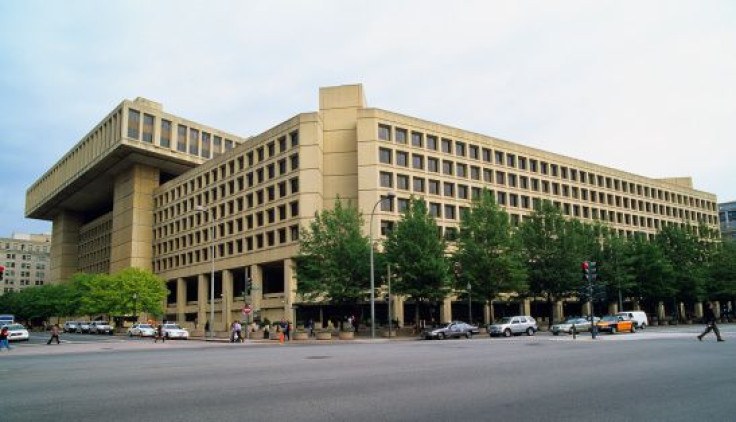FBI Headquarters Facts: Things To Know About J. Edgar Hoover Building

Nearly a decade after the Federal Bureau of Investigation officials began pushing for a home to replace its deteriorating headquarters — J. Edgar Hoover Building — the General Services Administration on Tuesday canceled its search for a new headquarters, the Washington Post reported.
A GSA spokesperson, in a statement, said moving forward on the project without full funding would have put the government at risk for cost escalations and a potential reduction in the value for the building, which the GSA has proposed swapping as partial value for a new one. "The cancellation of the project does not lessen the need for a new FBI headquarters. GSA and FBI will continue to work together to address the space requirements of the FBI," the statement read.
According to the Independent, the building is named after the bureau’s malign and paranoid first director, who was in the job for nearly 50 years and held presidents in his thrall. Built at a cost of $126million, the headquarters opened in 1974.
READ: Who Is Christopher A Wray? Trump Nominee For New FBI Director
Despite its historical importance, the staff and travelers at online travel adviser Trippy.com voted in 2012 to place the building at the top of a list of the World's Top 10 Ugliest Buildings.
The low-rise office building, located at 935 Pennsylvania Avenue NW in Washington, D.C., is an example of Brutalist architecture —derived from the French term, "beton brut," meaning "raw concrete." It was a popular style in the 1960s and 1970s. "That was the fashion of the time, even though it's hard to imagine now," said Martin Moeller, senior curator of the National Building Museum, the US News reported. "I do think it was always an unfortunate work of architecture."
Referring to the FBI headquarters, Mary Fitch, executive director of the Washington chapter of the American Institute of Architects, said: "Many people have put the FBI building on their lists of least-liked Washington buildings because of what they view as its harsh and overbearing design and how it deadens street life on all four sides."
"These feelings have intensified in recent years as the redevelopment and renaissance of Pennsylvania Avenue and the Penn Quarter neighborhood have made the FBI building's forbidding, defensive design less and less compatible with its surroundings," Fitch added.
Over the years, the building cropped up in news broadcasts, novels, television dramas and movies. "Arlington Road," a fictional 1999 movie about domestic terrorists, ended with a shot of the structure being blown to bits by a truck bomb, the San Diego Union Tribune reported.
READ: The FBI Now Has The Largest Biometric Database In The World
However, some people have even called for the preservation of the building. A movement to save Brutalism, emerging out of the larger effort to save modernism, has allocated significant resources toward preservation of such buildings.
A research paper published by the School of Architecture, University of Virginia, titled “Saving the unloved:The J Edgar Hoover FBI building and Brutalist preservation,” underlines the building merits recognition.
“In form, scale, and material, federal architecture of the 1960s communicated through a common architectural language a postwar confidence in the ability of the government to solve societal problems. As a product of a mid-twentieth century search for a ‘new federal architecture,’ the FBI Building merits recognition and advocacy, and could be altered to mitigate its harsher qualities,” the paper says.
© Copyright IBTimes 2024. All rights reserved.











